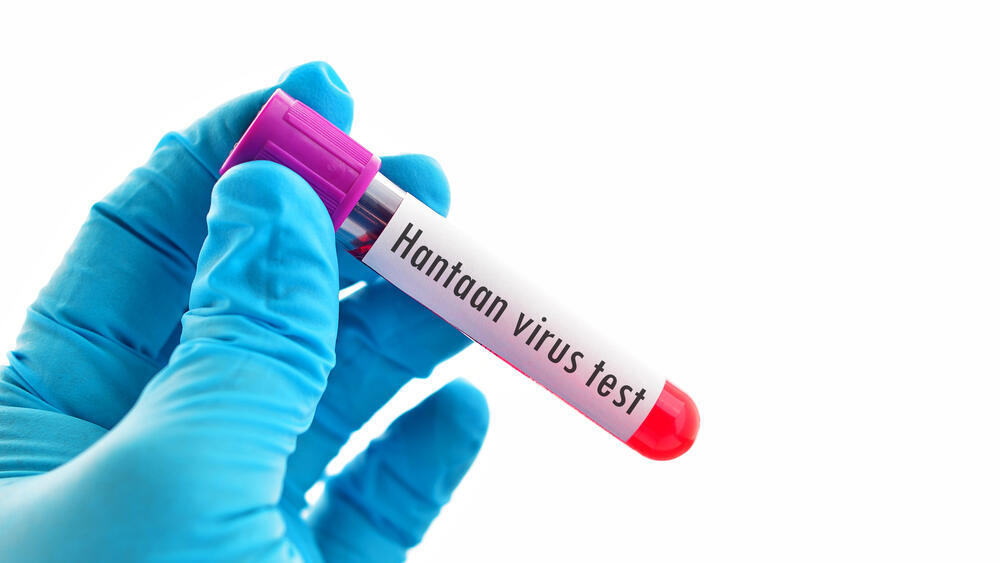The wife of actor Gene Hackman, Betsy Arakawa, died after contracting hantavirus, authorities in New Mexico announced over the weekend. Her body was found in their home alongside Hackman himself, who—according to investigators—likely passed away about a week later from heart disease and Alzheimer’s. It is possible he was unaware of his wife’s death.
Hantavirus is transmitted through contact with rodents or their urine and droppings. The virus is named after the Hantan River in South Korea, where one of its strains was first identified. There is no specific treatment, vaccine, or cure for the virus, but early supportive medical care can improve survival rates. In severe cases, the infection can rapidly progress and become life-threatening.
The Centers for Disease Control and Prevention (CDC) has requested samples from Arakawa’s body to identify the virus strain and examine transmission characteristics.
Symptoms and prevention
Dr. Roy Zucker, an infectious disease specialist with Clalit Health Services in Tel Aviv, described hantavirus as a rare virus, uncommon in Israel but more prevalent in South America and certain areas of the United States. Localized outbreaks occur every few years, prompting the CDC to monitor cases closely.
“Infections typically occur in rural areas with poor hygiene conditions, where exposure to rodents—such as mice and rats—is common,” Zucker said. “Transmission usually happens by inhaling particles contaminated with rodent urine or droppings.”
Most cases start with flu-like symptoms, but severe infections can escalate to respiratory failure, leading to high mortality rates, Zucker said.
If complications arise, the virus can cause hantavirus pulmonary syndrome (HPS) or hemorrhagic fever with renal syndrome (HFRS), depending on the strain.
Get the Ynetnews app on your smartphone: Google Play: https://bit.ly/4eJ37pE | Apple App Store: https://bit.ly/3ZL7iNv
“Symptoms appear between one to eight weeks after exposure,” Zucker said. “Early-stage symptoms include fatigue, fever, and muscle aches, making it difficult to distinguish from the flu or other viral infections. As the disease progresses, patients may develop a cough, shortness of breath, and chest pressure due to fluid buildup in the lungs.”
Because there is no targeted treatment or vaccine for hantavirus, medical care focuses on supportive therapy to help the lungs function until recovery. According to the CDC, about one-third of patients who develop respiratory symptoms die from the disease.
Despite extensive research, many questions remain unanswered, including why the virus causes only mild symptoms in some patients but severe complications in others, and how antibodies develop. Infectious disease experts continue to track cases worldwide in hopes of finding an effective treatment.
Hantavirus is not typically transmitted between humans, except in rare cases involving certain South American strains, which may spread through saliva or bites. The best way to prevent infection is to avoid contact with rodents and their waste. Health officials recommend wearing gloves and using a bleach solution when cleaning rodent droppings. Sweeping or vacuuming is discouraged, as it can release virus particles into the air.
Risk factors and U.S. cases
People with weakened immune systems and older adults face the highest risk of severe illness, but the virus can also affect young, healthy individuals if they are exposed, Zucker said.
“Immunocompromised individuals and the elderly are more likely to develop serious complications and have lower chances of survival if their condition worsens,” he said.
To prevent infection, health officials advise:
- Avoiding exposure to rodents and contaminated areas.
- Practicing hygiene when handling rodent droppings (using gloves, masks, and disinfectants while avoiding sweeping or vacuuming).
- Reducing rodent populations in homes by sealing cracks and keeping food stored securely.
While severe cases can be deadly, the virus is not widespread, with most infections occurring in areas with large rodent populations, particularly in the southwestern U.S.
The CDC began tracking hantavirus in 1993 after an outbreak in the Four Corners region, where Arizona, Colorado, New Mexico, and Utah meet. Since then, most U.S. cases have been concentrated in the West, particularly the Southwest.
Between 1993 and 2022, the U.S. recorded 864 hantavirus cases, with New Mexico reporting the highest number (122), followed by Colorado (119). In 2023, seven new cases were reported, with the same number recorded so far in 2024, according to the New Mexico Department of Health. The state has reported 52 hantavirus-related deaths since 1975.



